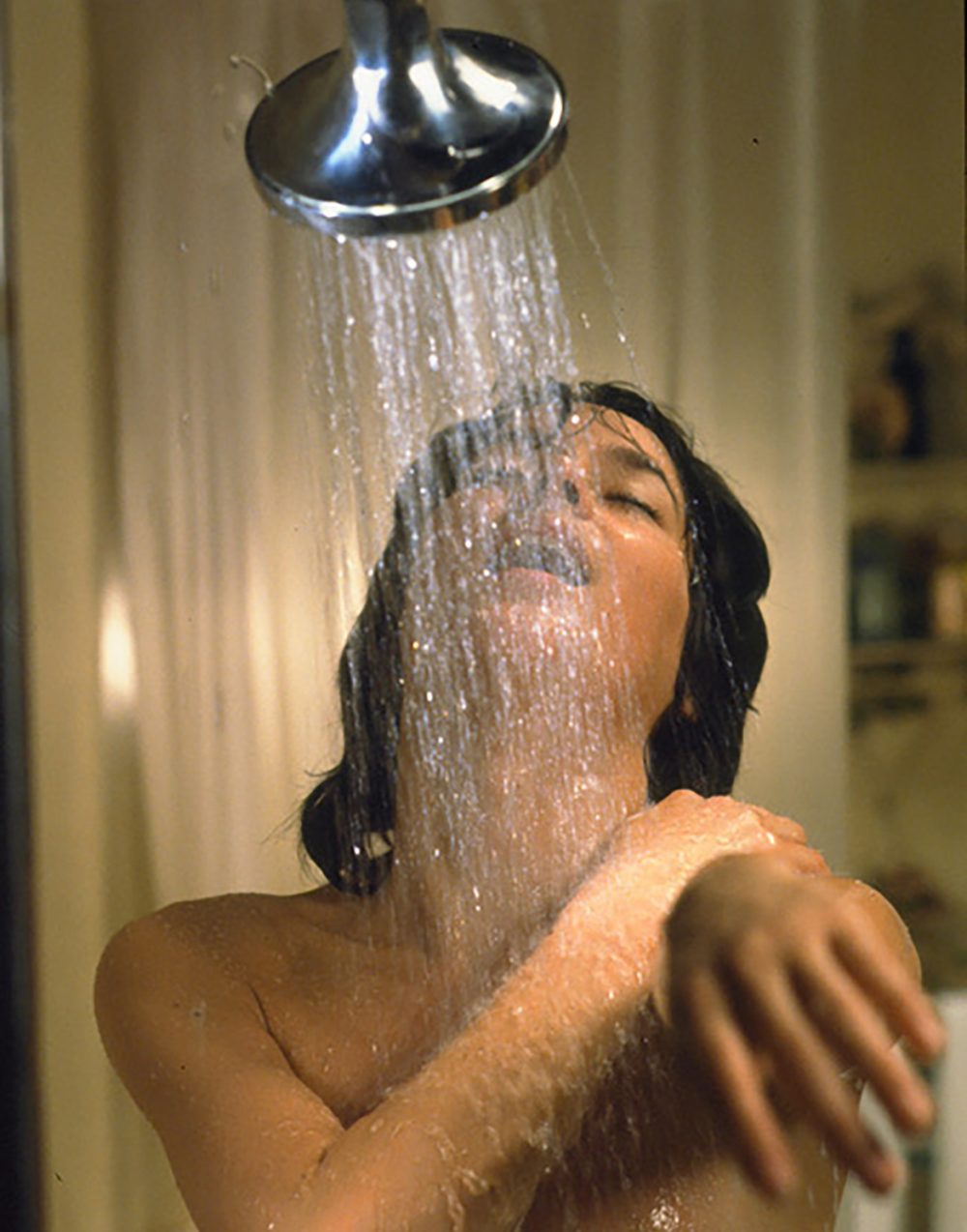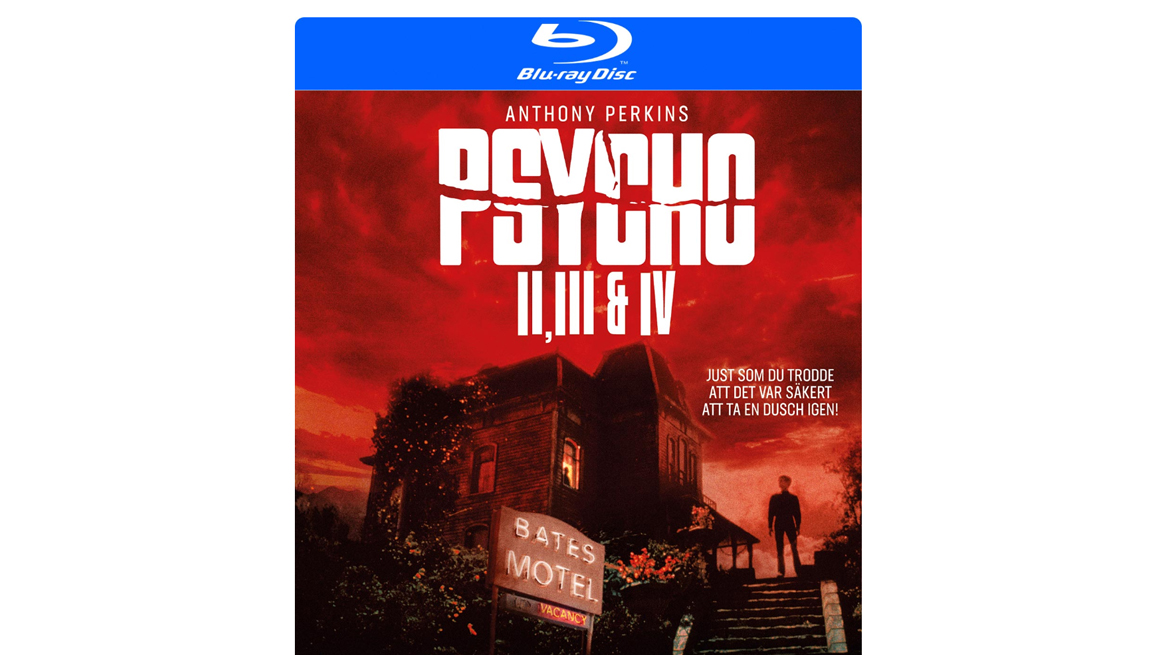TL;DR
Ed Gein's horrific crimes inspired iconic horror films like *Psycho*, *The Texas Chain Saw Massacre*, and *The Silence of the Lambs*. This review dives into the *Psycho* sequels, particularly *Psycho II*, which is hailed as a surprisingly strong and unsettling follow-up to Hitchcock's classic, with clever twists and a chilling performance from Anthony Perkins. While *Psycho III* and *Psycho IV: The Beginning* lean more into slasher territory and prequel narratives, they still offer a nuanced look at Norman Bates' psyche and a fitting end to the franchise, proving that even seemingly superfluous sequels can be remarkably entertaining. Discover which of Norman Bates' cinematic returns are worth your time – read the full review to find out!
Ed Gein terrorized a rural town in Wisconsin during the 1940s and 50s.
He gained notoriety for exhuming corpses from the local cemetery, as well as for murdering and dismembering his victims, whose remains he used to adorn his home. He also fashioned masks, clothing, and furniture from human skin. Gein, who died in 1984 while confined to a mental hospital, is frequently cited as one of America’s most heinous serial killers. Legally, however, this classification is inaccurate; Gein confessed to and was only convicted of two murders.
His disturbing actions have been re-examined in the widely discussed (though critically uneven and occasionally flawed) Netflix series, Monster: The Ed Gein Story. For audiences less familiar with Gein’s history, the series underscores how his macabre activities inspired horror classics such as The Texas Chain Saw Massacre (1974) and The Silence of the Lambs (1991) – and also served as the basis for Robert Bloch’s novel Psycho – an evil story (1959), which was adapted for film by Alfred Hitchcock the following year.
Given that the film became an enduring classic, it was understandable that Psycho II (1983) was eventually released. What was notably unusual was the two-decade gap – perhaps Hollywood’s profound respect for the original led to a prolonged hesitation in developing a sequel. Equally noteworthy is that Anthony Perkins agreed to reprise his role as the disturbed Norman Bates, not just once, but a total of four times.
In 1986, Psycho III followed (with Perkins both directing and starring), and four years later, Psycho IV: The Beginning.
The 1998 remake (a shot-for-shot, color-exact reproduction of the original) directed by Gus van Sant and starring Vincent Vaughn as Bates is widely regarded as an unmitigated artistic failure, a largely superfluous film undeserving of significant critical discussion.
I found the TV series Bates Motel (2013-2017), also a prequel, less compelling. While I consider the sequels largely superfluous, they are arguably an inevitable consequence of the original’s legacy and, remarkably, prove to be quite entertaining.

Psycho II
Plot: Norman Bates (Anthony Perkins) is deemed sane and released after more than two decades in a mental institution, despite protests from the sister of Marion, whom Norman murdered in the original film’s iconic shower scene.
Norman returns to the house and the motel. He secures employment at a restaurant where he encounters Mary (Meg Tilly), who has become homeless after being evicted by her boyfriend. She harbors no suspicion when Norman offers her lodging in the old, dilapidated house. Norman, however, remains unaware that Mary and her mother Lila (Vera Miles) harbor their own ulterior, manipulative motives. Soon, Norman’s violent past resurfaces, leading him to revert to his murderous tendencies.
Psycho II emerged as a genuinely positive surprise. The narrative (written by Tom Holland, Child’s Play) deviates from Robert Bloch’s novel Psycho 2 (1982), instead offering a completely independent story. Yet, it maintains its effectiveness through clever twists, subtle yet effective homages to the original, and macabre, dark humor, all under the taut direction of Hitchcock’s Australian protégé Richard Franklin (Road Games).
The second installment is also notably more graphic and brutal than its predecessor.
Hitchcock himself likely would not have approved of this direction, yet it proves effective in this context. Contemporary censors, however, disagreed, leading to two cuts totaling 17 seconds. (The Blu-ray edition is, notably, uncensored.)
The film is at times genuinely unsettling, and Anthony Perkins’ portrayal of Norman Bates remains chilling, despite occasional instances of overacting. Meg Tilly, Dennis Franz, and Robert Loggia deliver strong performances, and Jerry Goldsmith’s ominous score complements Bernard Herrmann’s iconic soundtrack effectively.
Its premiere viewing in a Danish cinema saw a notable shock scene elicit a visceral reaction from the audience. This particular moment remains just as surprising and effective today in contemporary viewing environments, solidifying the film as a surprisingly strong and worthy sequel to a true genre classic.
Psycho III
Plot: While Robert Bloch wrote the novel Psycho 3, it was not published until four years after this sequel’s release. The film takes place one month after the events of Psycho II.
Norman (Perkins) continues to operate the Bates Motel. In the previous film, he murdered the waitress Mrs. Spool (Claudia Bryar) after she disclosed a significant secret to him, and he now keeps her mummified corpse within the house.
Norman becomes infatuated with the suicidal ex-nun Maureen (Diana Scarwid), who arrives at the house alongside drifter Duane (Jeff Fahey) and a journalist (Roberta Maxwell) investigating Mrs. Spool’s mysterious disappearance.
Having not revisited Psycho III in years, I had limited recollection of its details.
It was therefore gratifying to find that it is also unexpectedly dense, atmospheric, and well-made, even if it leans more towards the slasher genre with nudity, gore, and the conventional portrayal of teenagers. Here, too, the censors intervened, shortening two knife murders by a total of 17 seconds. (The Blu-ray edition is, notably, uncut.)
Anthony Perkins demonstrates a capable directorial hand, exhibiting a clear understanding of the genre. This is perhaps not surprising, as by this point, he likely had both the character of Norman Bates and the Hitchcock legacy deeply ingrained in his artistic sensibility. When Perkins appeared on David Letterman’s Late Show shortly before the premiere of Psycho III, the actor explained that he had never viewed the franchise as horror films, but as tragedies.
This premise was also embraced by screenwriter Charles Edward Pogue (The Fly). He explores Norman’s psyche more deeply here, portraying a Bates who is not merely presented as a pathologically disturbed serial killer.
Pogue provides Bates’ persona with greater depth and background, transforming him into a more nuanced and empathetic character. Although Perkins occasionally falters and transforms Bates into a caricature, he still maintains a strong command over his iconic alter ego, avoiding a complete reduction to self-parody.
Pogue also incorporates elements from both the original Psycho and other Hitchcock films, such as Vertigo (1958). At one point, Bates even reprises his classic line, “We all go a little mad sometimes.”
These inclusions are handled artfully and do not detract from the overall experience.
Psycho IV: The Beginning
Plot: Norman is once again deemed fully rehabilitated and is now married, leading a quiet suburban life with his psychiatrist wife, Connie (Donnie Mitchell), who is expecting their first child. Norman fears the child may inherit his homicidal tendencies.
One evening, Norman overhears his former psychologist Dr. Richmond (Warren Frost) discussing “matricide” with journalist Fran (CCH Pounder) on a radio program. Norman contacts the program anonymously as “Ed” and narrates his life story. This narrative is depicted in the film through flashbacks set in the 1940s and 50s.
Psycho IV: The Beginning is a TV movie that premiered on American Showtime in 1990. In Sweden, it was released on VHS by Esselte the following year, reportedly uncut according to the Swedish Media Authority’s film register. This viewing was my first encounter with the film, having no prior recollection of it.
The preceding installment was met with limited success, neither with critics nor fans. In an effort to revitalize the film series with Psycho IV, Universal turned to Joseph Stefano, who wrote the screenplay for the original film. He reportedly disdained the two previous “commercial slasher films.”
Although I generally hold a reservation about prequels featuring constant flashbacks, which are often prone to becoming convoluted and fragmented, it becomes apparent that the decision to largely disregard Psycho II and III was likely the only viable approach to avoid permanently undermining the entire franchise.
The film was shot at Universal’s amusement park in Florida, utilizing an exact replica of the house and motel, which are otherwise located at Universal’s studio lot in Los Angeles. During filming, Anthony Perkins (who appears here as an aging Norman Bates and who died in 1992) received the news that he had contracted HIV.
He reportedly became challenging to work with during this period – Perkins frequently challenged the director (Mike Garris), but reportedly expressed satisfaction with the final result. Criticism, however, was mixed.
Garris’s handling of the film’s emotionally charged scenes was described as “comic book-like” by some American critics. Many were also disappointed that Joseph Stefano’s script failed to meet the high expectations.
Nevertheless, the film provides a fairly dignified farewell to a classic franchise and proves to be significantly better than anticipated. The slasher style is eschewed in favor of more dramatic storytelling that revolves around Norman’s traumatic upbringing. Henry Thomas (E.T.) delivers a strong performance as the teenage Bates. Olivia Hussey is terrifying as his overprotective and psychologically unstable mother, Norma.
The final scene also serves as a quite elegant conclusion to the entire Psycho series.
Superfluous, yet Surprisingly Entertaining Sequels to a Timeless Classic

The technical quality remains consistent with releases from the 1980s, even in Blu-ray format. While the picture has been enhanced and the sound sonically sharpened with modern technology – featuring Dolby Audio 2.0 for Psycho II and IV, and Dolby Audio 5.1 for III – all films are presented in 1:85:1 (16:9).
It is preferable that older films are allowed to retain their often atmospheric, era-typical aesthetic. There are numerous anecdotes of archival reels being over-modernized, to the detriment of their original character and often sacrificing much of their intrinsic charm. Not every historical production needs to mimic contemporary visual standards.
None of the films in this collection offer any supplementary material, which is somewhat disappointing, as behind-the-scenes insights are always valuable. Commentary tracks are also absent, though this omission is often less impactful for many viewers.
One might initially consider this collection primarily for Psycho completists; however, the films individually justify their inclusion in a discerning film collection. The second installment is exceptionally strong, and the other two sequels also prove surprisingly robust.
Studio S provided review copies for this evaluation. Senders of material have no editorial influence on our reviews; we maintain complete editorial independence, prioritizing our readers and consumers.

